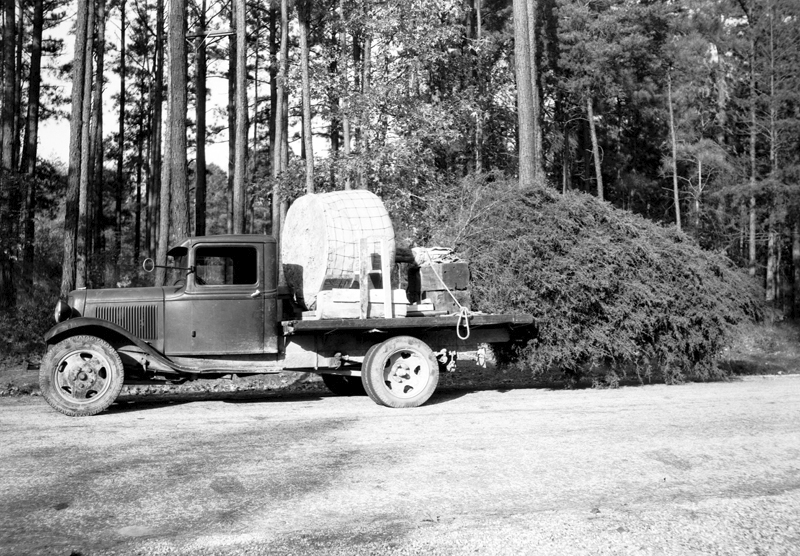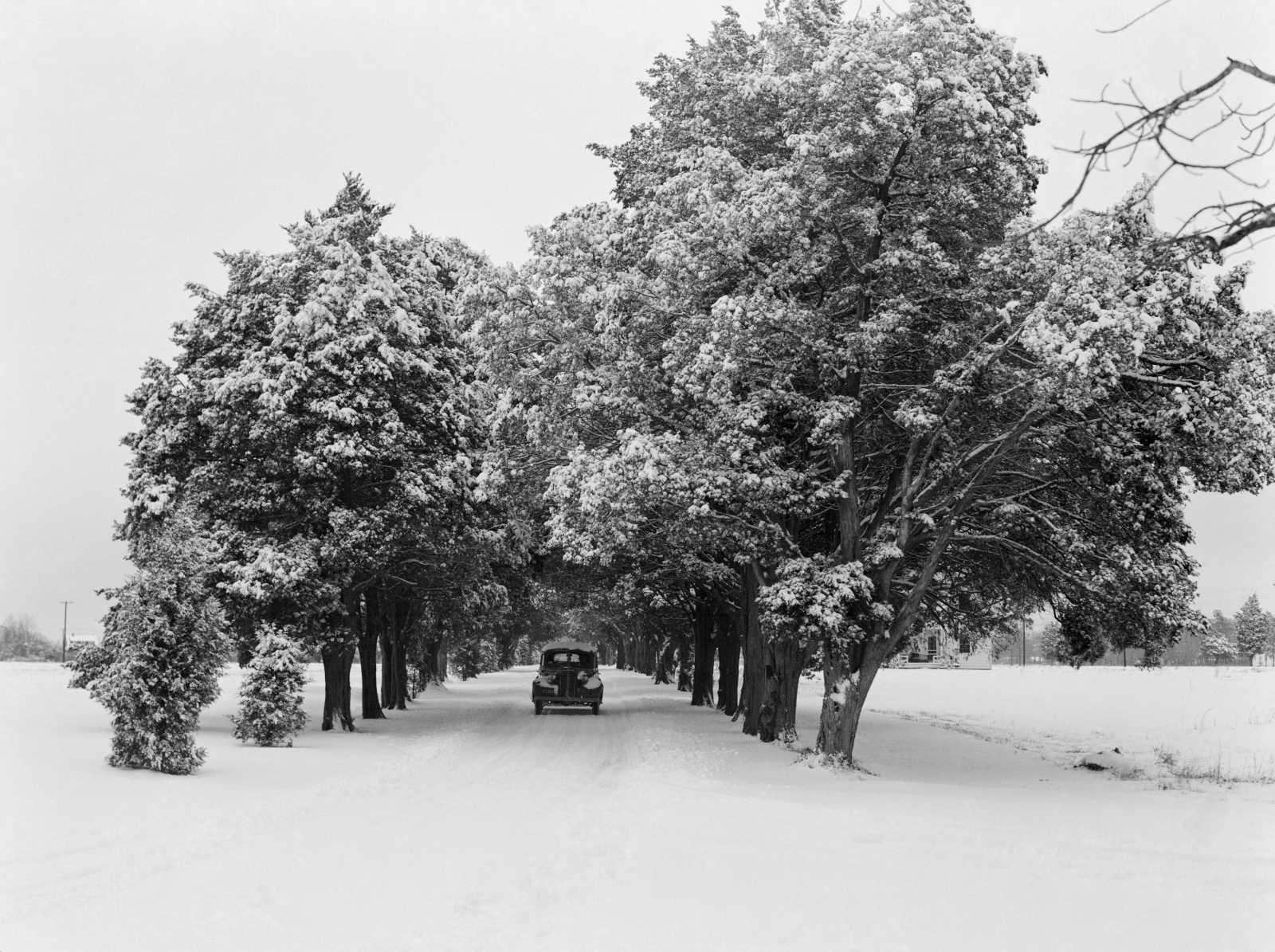
What is a great park without some beautiful landscaping? In the last blog, I laid out early plans for the Park. Today, we’ll focus on the plants. The early work moved at a remarkable pace. Within one month of our incorporation, we were already planning landscapes around the Park. As we’ve mentioned before, it was Archer Huntington’s early goal to see a representative of every tree and shrub in Virginia in the Park. Accordingly, that goal was a huge focus in the early stages.
In early documents from William Gatewood, Museum Project Manager, to Homer Ferguson, President of the Shipyard, he described the point of the flora in the Park. The plantings were to,
Provide a natural park of considerable beauty. It is hoped to improve the timber growth and to plant or transplant individual specimens and varieties, so that the tree life will become outstanding in its beauty. Many flowering trees such as dogwood and crepe myrtle are indigenous to this section, and special pains will be taken to take advantage of this fact in beautifying the park. Several of the cleared areas will be planted in fruit trees so as to provide bunches of color in the spring. Certain spots will be laid out for flowers and shrubs…although the beauty of the park is expected to result from the trees and shrubs rather than from set flowers.
Though the goals shifted slightly as time went on, providing a beautiful Park full of diversity was a long-standing goal.
In August of 1930, George C. Mason of the Hull Technical Division at the Shipyard came to work on the weekends at the Park. As the unofficial Museum forester, his first task was to create a complete inventory of the plants currently found in the Park. He did this by creating a leaf rubbing of each species. By the end of August, he had found 86 varieties of native trees and shrubs, ten of which he considered rare. Sixteen belonged to the oak family and 40 belonged to 25 other families. At the end of September, he had found 96 native trees and shrubs. By the end of October 1930, Mason had found 120 varieties of trees and shrubs. One hundred and four were native to Virginia with 16 being introduced species. Later, he began creating pressings of plants. A few pressings from his 1935 collection are below.
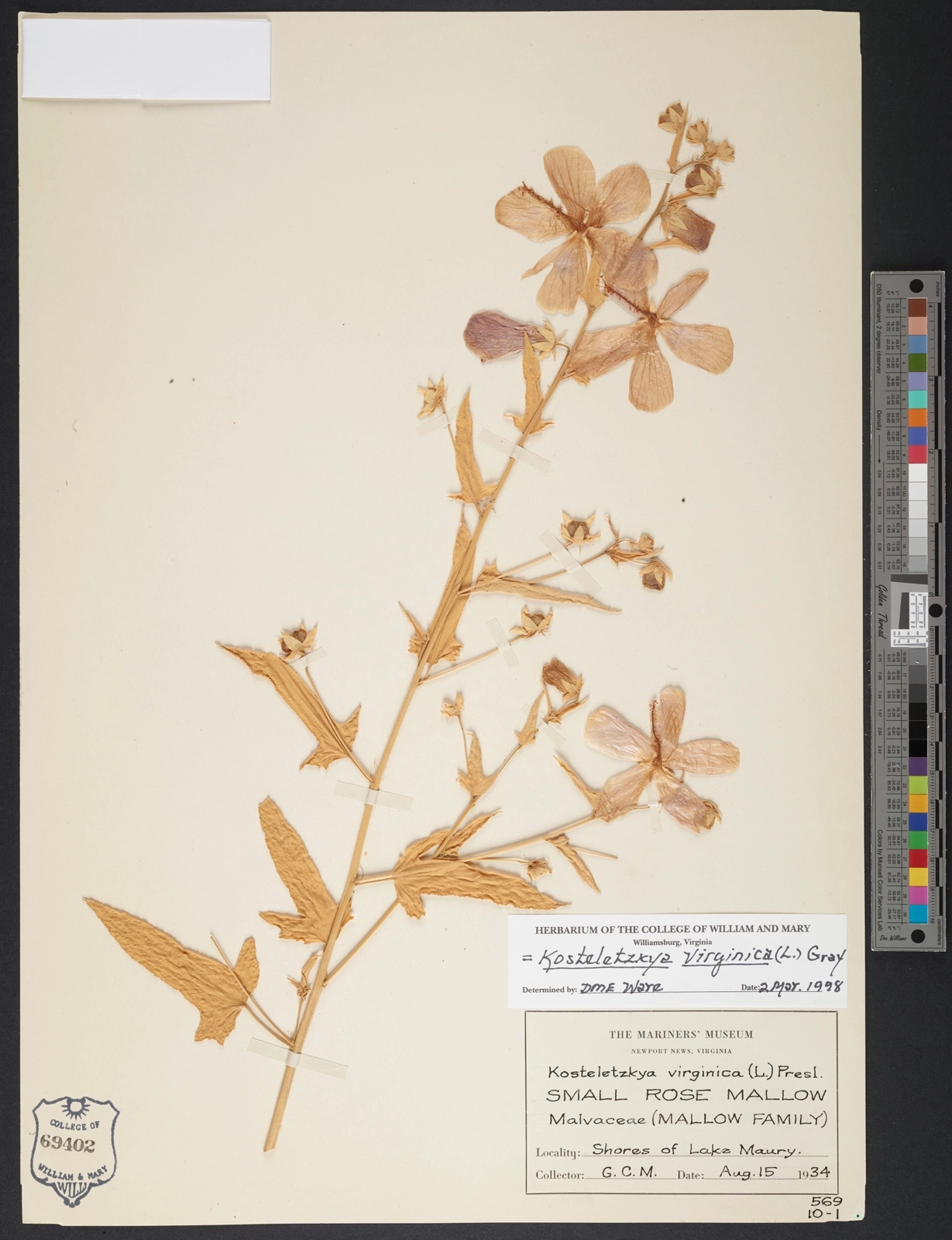
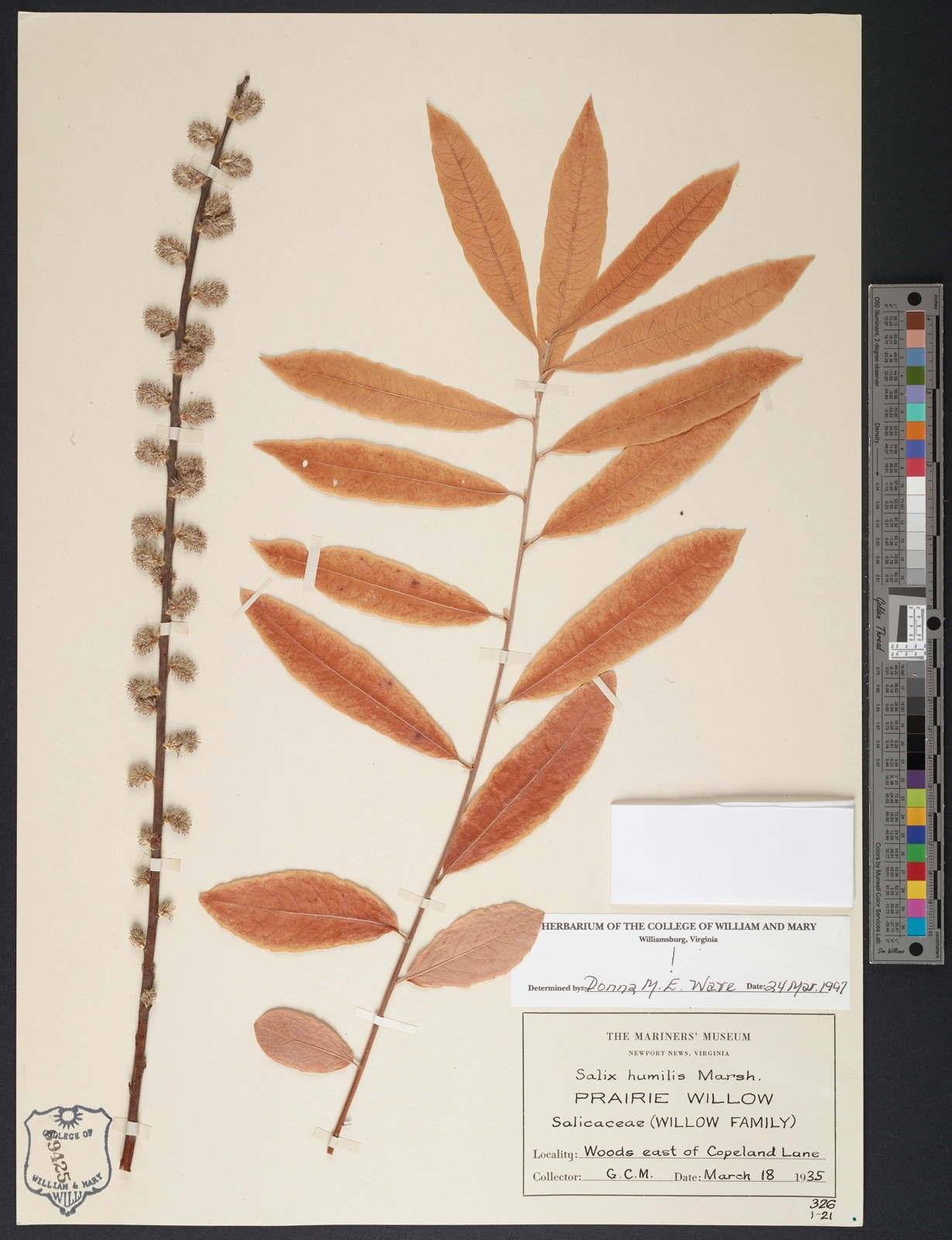
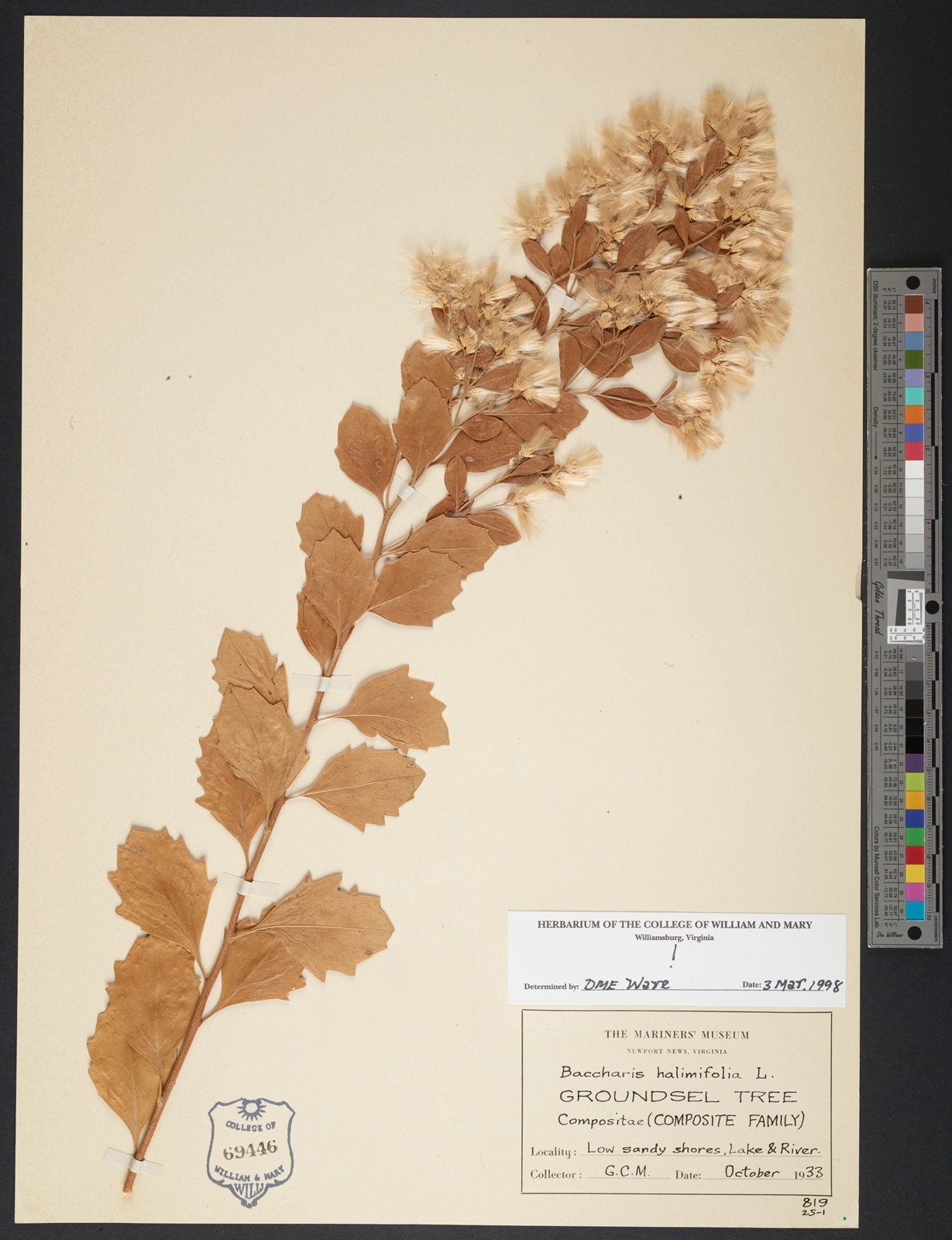
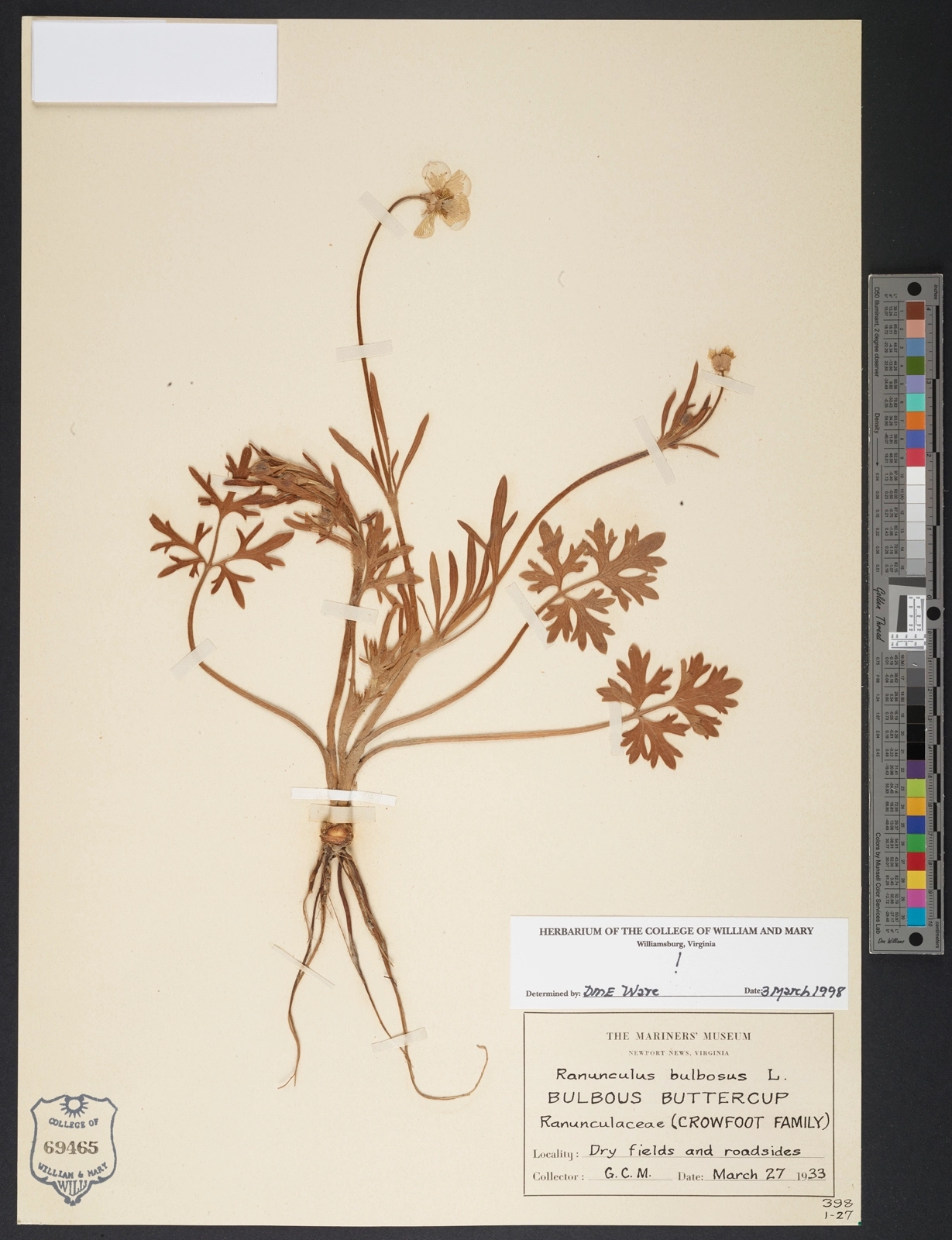
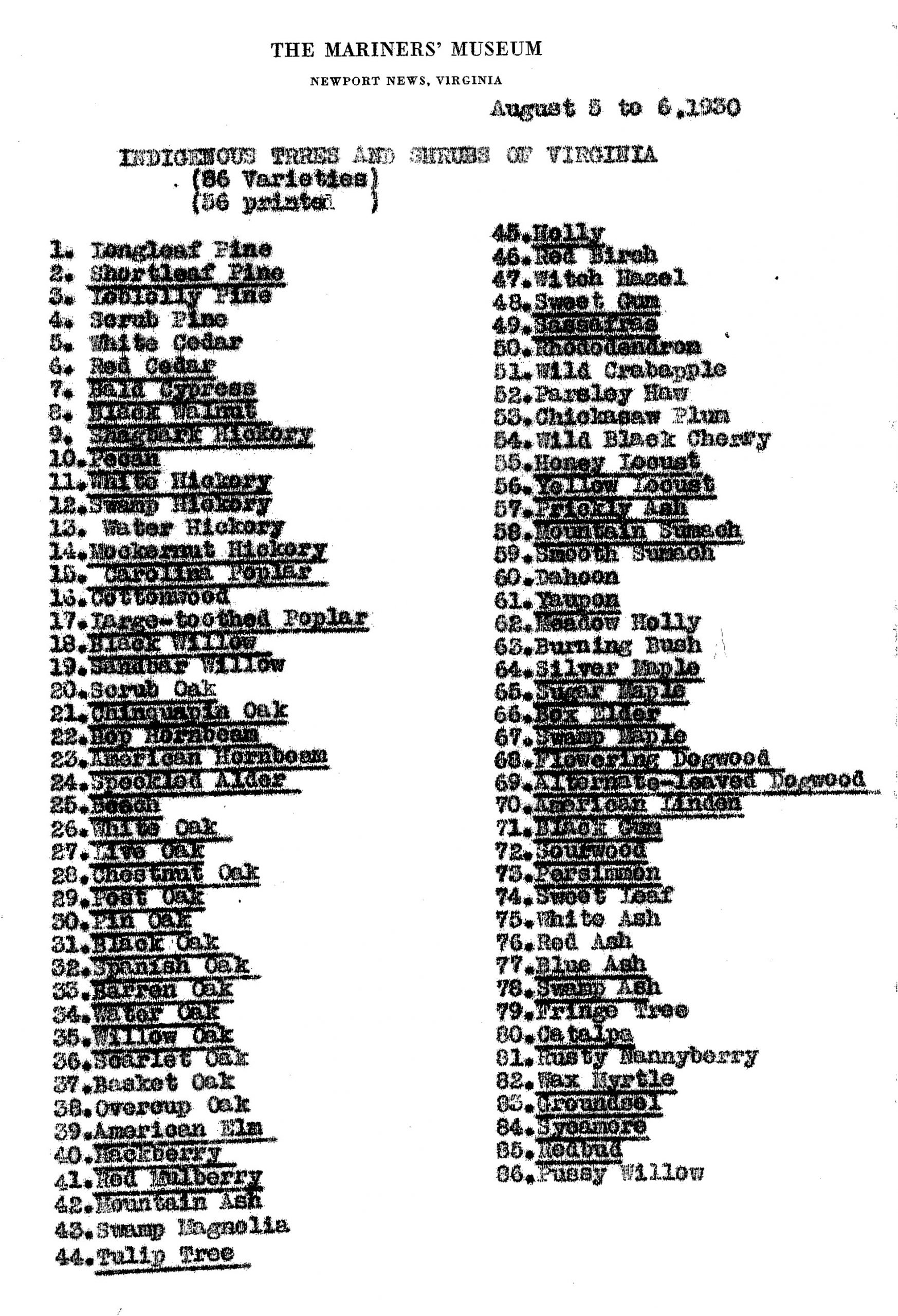
With all trees and shrubs identified in the Park, Mason turned his attention to receiving a formal degree and planning landscapes. By the summer of 1932, he was ready to assume to role of Museum Forester. By September, the Board of Trustees agreed on the first official planting plan for the Park.
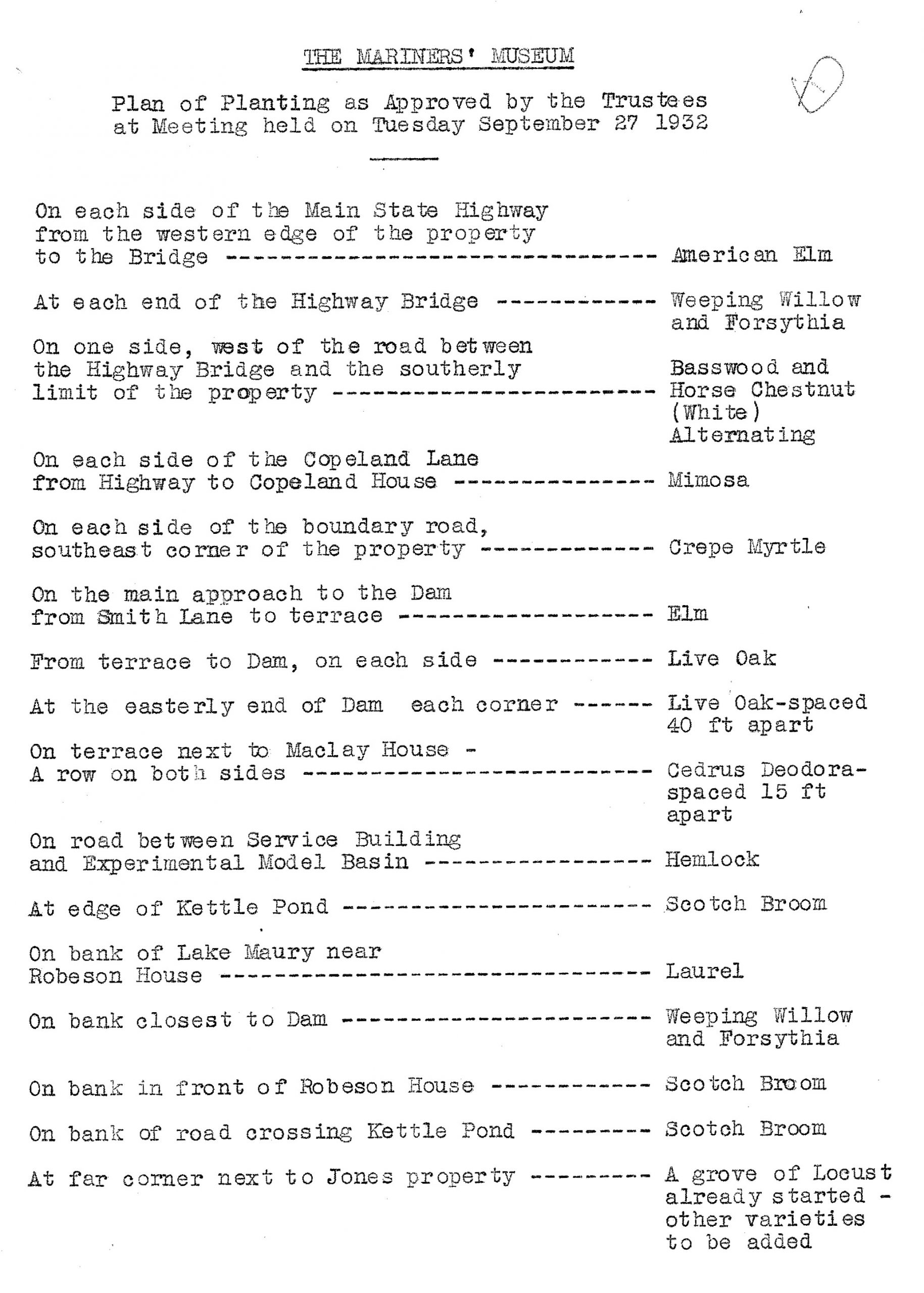
Just two months later, Museum employees began planting. Between November of 1932 and March of 1933, 1,093 trees representing 17 species, 4,795 shrubs of 15 species, 5,400 ground cover plants of six species, 725 ferns of six species, 3,600 bulbs of six species, and 910 native plants from the Museum woods representing 15 species were planted around the Park. The total cost was $4,927.
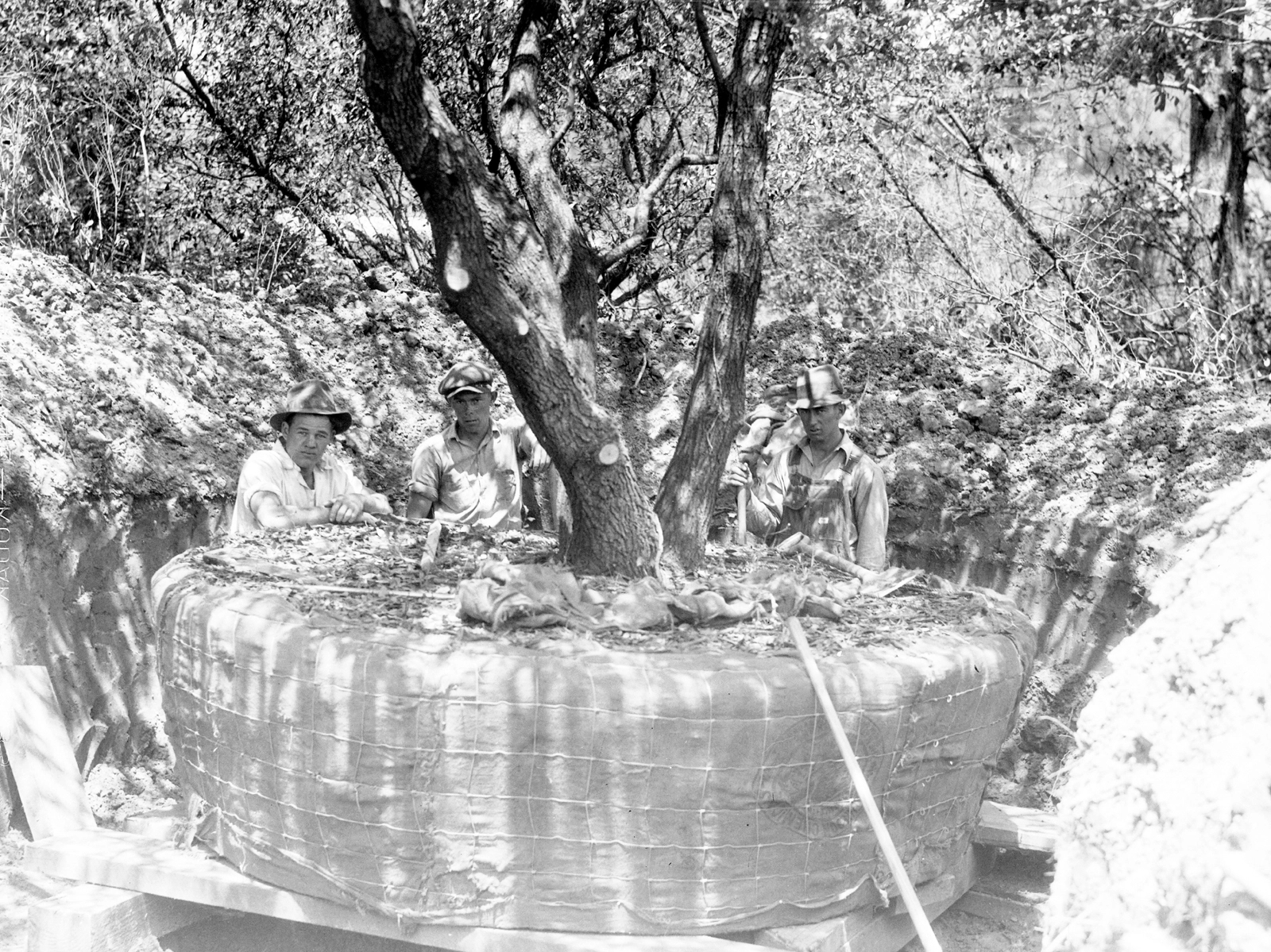
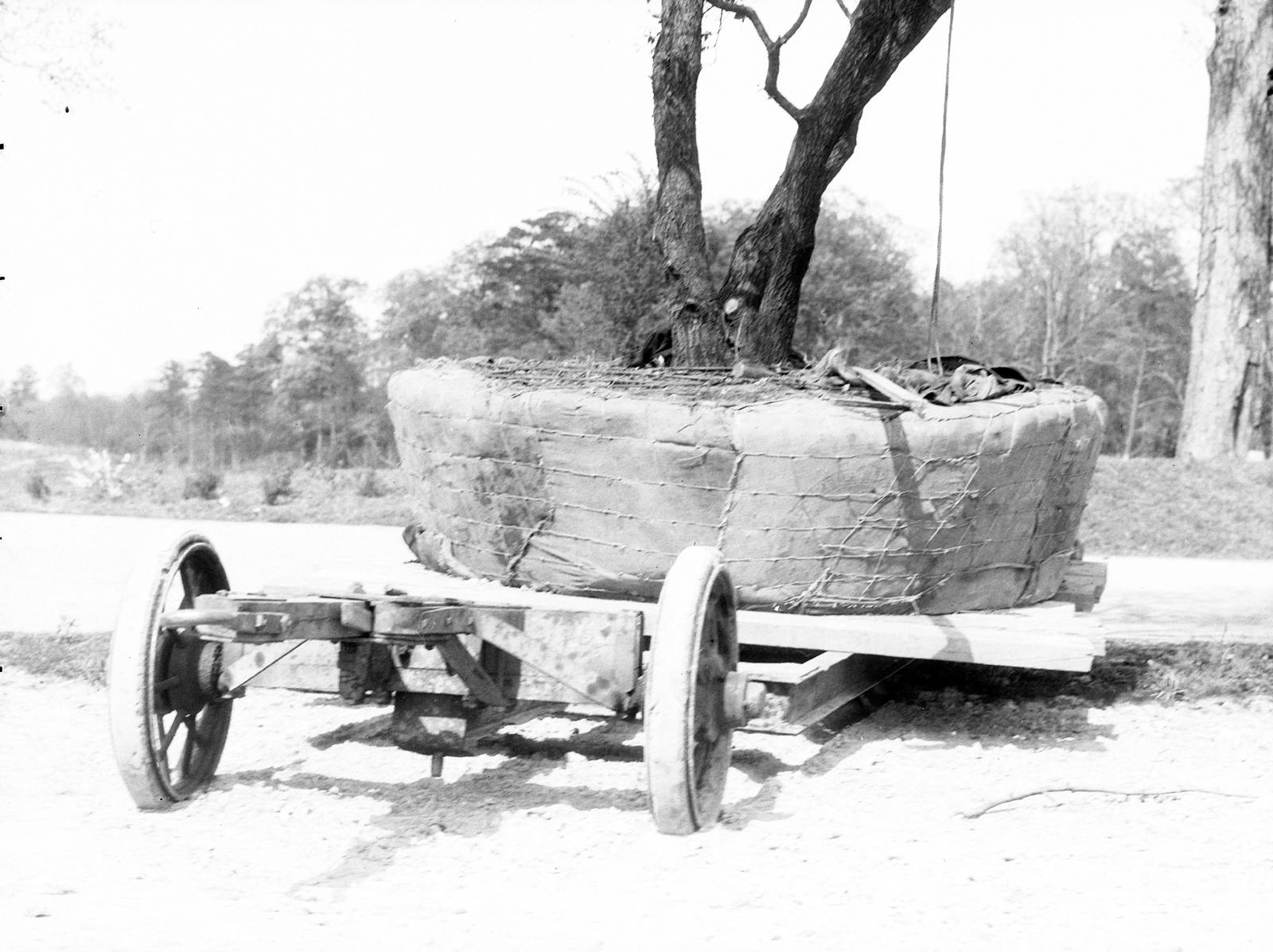
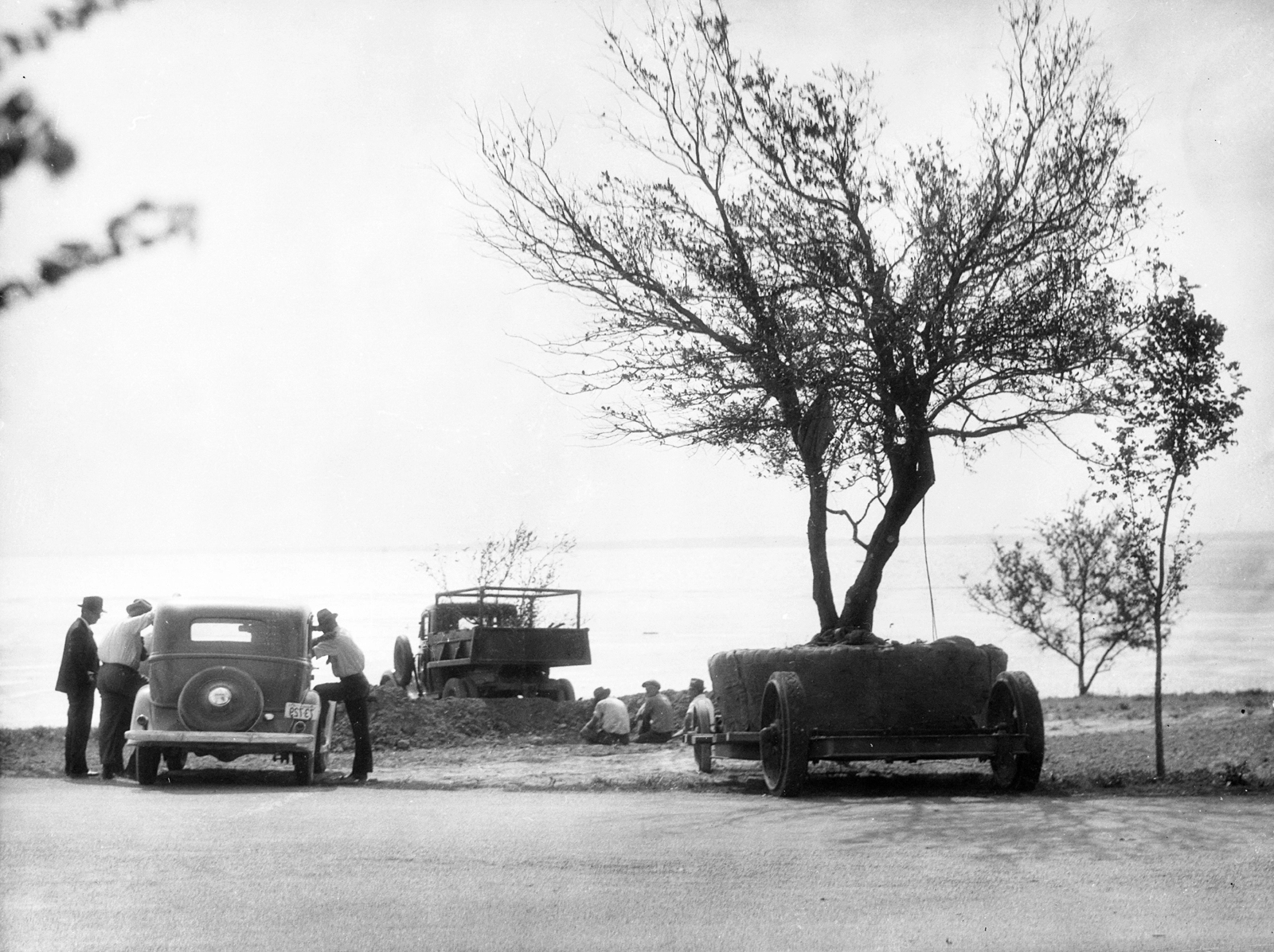
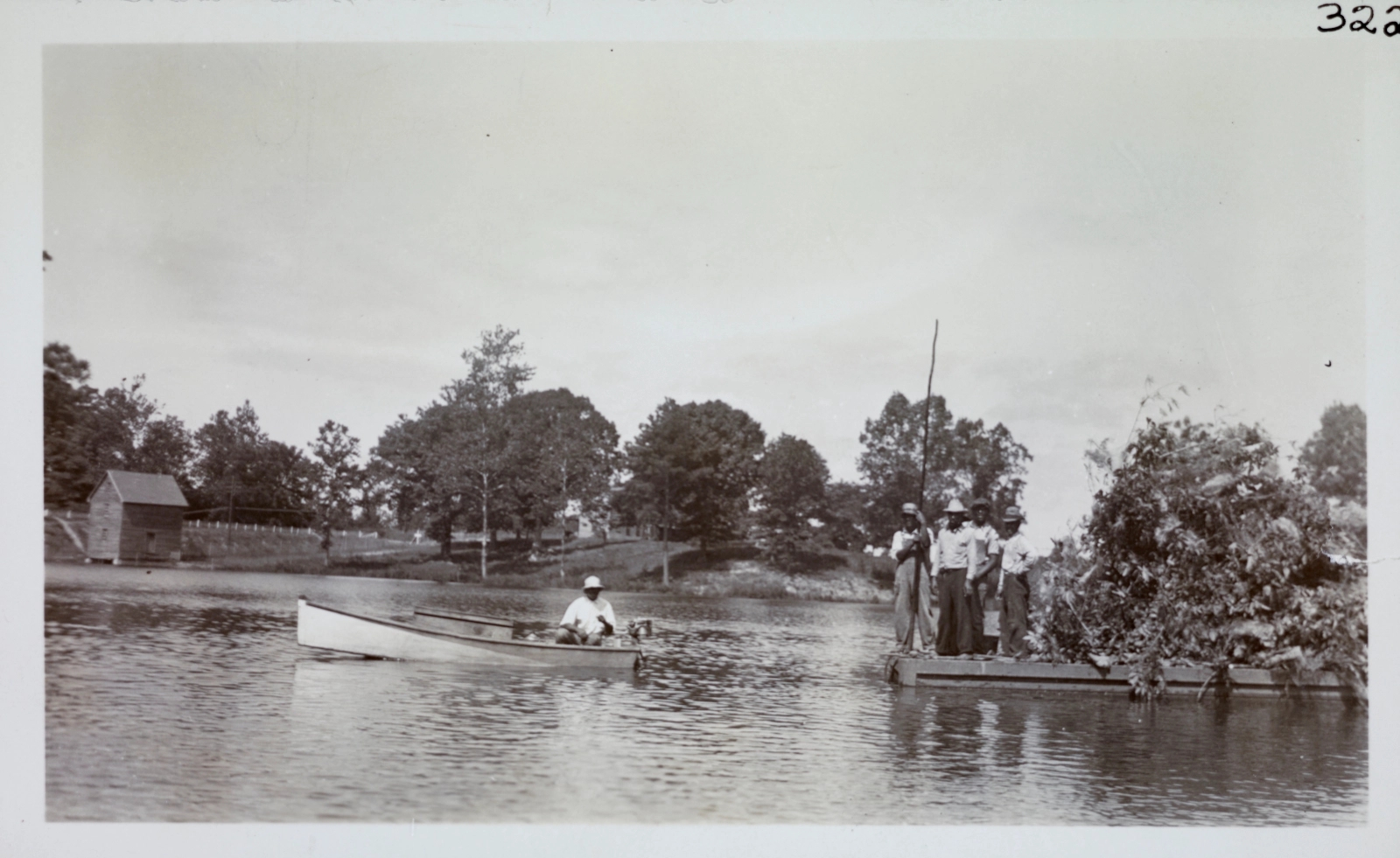
By the close of 1933, a fernery representing plants from across the state was created. It included rare native species from the Eastern Shore and Surry County. In April of 1934, the Museum planted 140 small cedar trees along the length of Cedar Lane. After this large Park planting was completed, remaining funding was channeled into the Museum to build the collection and George Mason returned to the Shipyard. Nevertheless, the early commitment to our living collection made it possible for us to have the diverse plantings seen in the Park today.
